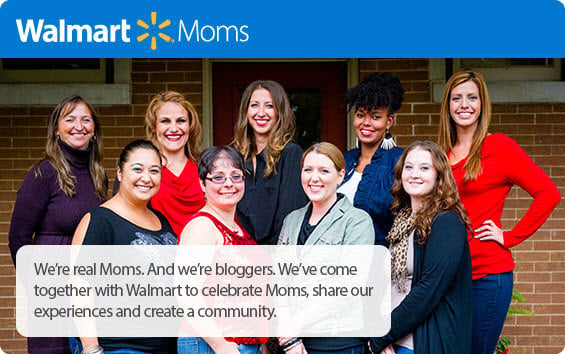
So as a brand, are you going to fight against user-generated content with lawsuits and copyright, or are you going to embrace the changes and the marketing potential they provide?
1) Endorse bloggers and reward their loyalty.
Tool company Fiskars has their very own community of endorsed Fiskateers, who blog about and share crafting ideas and tips. There are now several thousand Fiskateers who meet regularly at community events, and the most engaged and passionate members are honored at special parties and gatherings.
This sort of community building strengthens brand loyalty enormously, but it can also be used to create content to reach a wider audience. For example, Walmart Moms is a group of endorsed bloggers who write about home and lifestyle topics and have a large following. While these Moms have a wide sphere of influence, it is important to note that they were already passionate about Walmart’s products and are volunteers, and so choosing them to represent the brand feels more authentic than paying for a celebrity endorsement. In return they get access to new lines and products, as well as gaining a wide readership for their blog.
 2) Make a feature of the content.
2) Make a feature of the content.
Forward-thinking brands are using photographs of real-life people using their products and making a feature out of it, effectively putting the customer center-stage. Clothing rental site Rent the Runway encourages users to send in photos of themselves wearing the site’s dresses and let people browse by their own dress size, height and age to see how the dress looks on someone just like them, as well as clicking to ‘Love her Look’. The result is a really important database of styles for individual body shapes that show an online shopper how they could look in the dress, which is an important resource for women shopping online.
Creating communities of users is a fantastic way to increase customer engagement and to center your brand on your followers. You don’t have to show customers actually using your product; creating something that captures the essence of your brand can be inspirational too. Tiffany & Co has launched a website called What Makes Love True that celebrates photos and stories of real-life love uploaded by fans. The pictures can be liked on the site, as well as shared on Twitter and Facebook. This encourages followers to share Tiffany’s message that true love comes in many different forms with their friends, which is far more interactive than a more traditional marketing campaign.
3) Helping customers help others.
Companies such as Dell offer community-led support forums for their users, and this enables them to answer a wider range of questions and discuss issues than using the more traditional model of a call center. The databank of material that has built up has become an important resource to customers and makes Dell the go-to place for technology discussions. Online communities are not a new idea, but Dell also encourages users to submit their own ideas and let users vote on them, with the best ones actually being implemented and celebrated.
Community building on this level, allowing users to discuss problems and issues and submit ideas, leads to loyal brand fans who can actually see their conversations having an effect on products and implementation.
Trust is essential
In all these examples of brands that encourage public feedback and user-generated material, the key element is trust. It can be difficult for companies to stand back and allow their customers to take center stage, but by putting the customer in charge brands can inspire loyalty and positive engagement.
Originally published Aug 19, 2014, updated Jun 17, 2024




